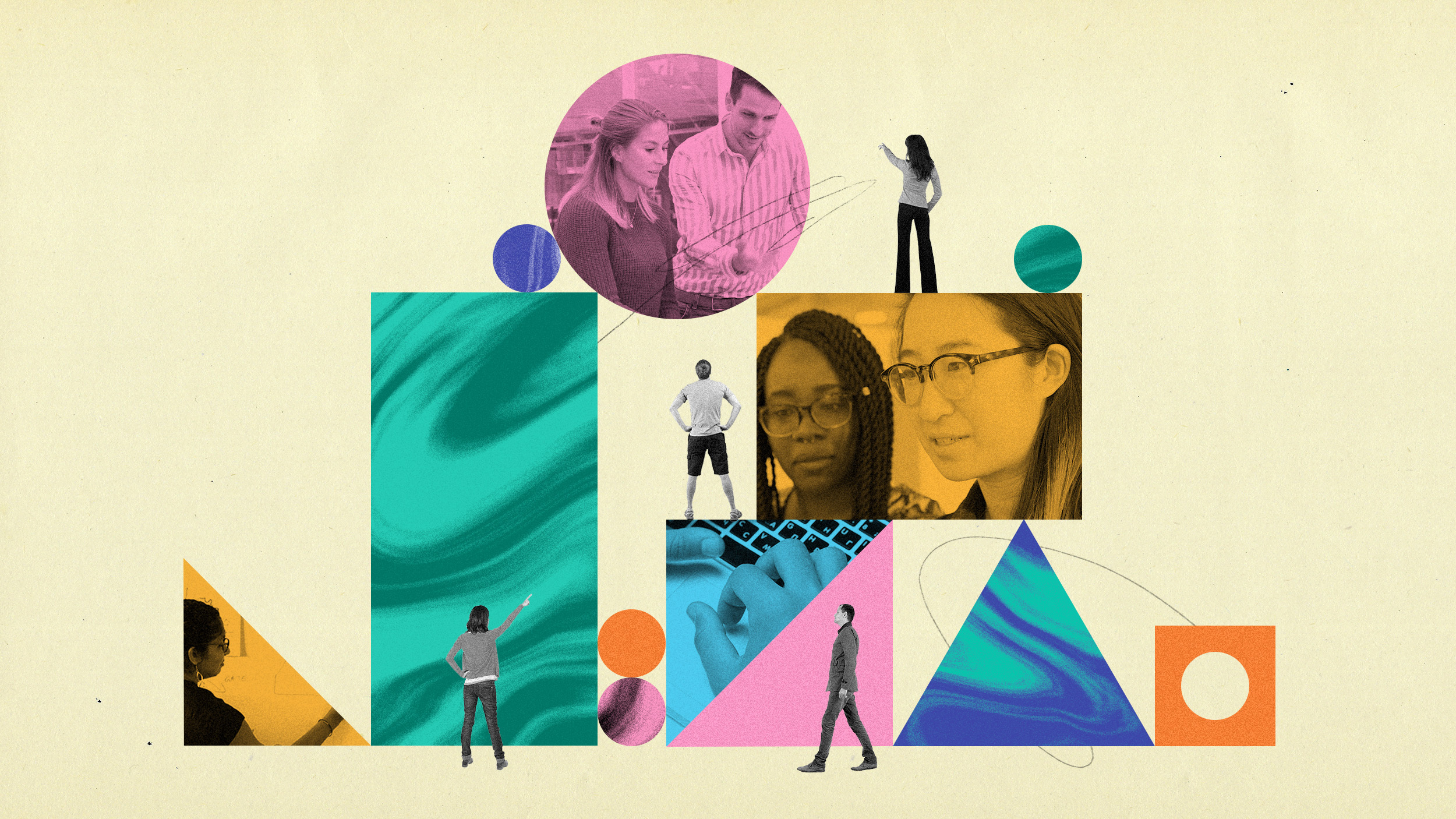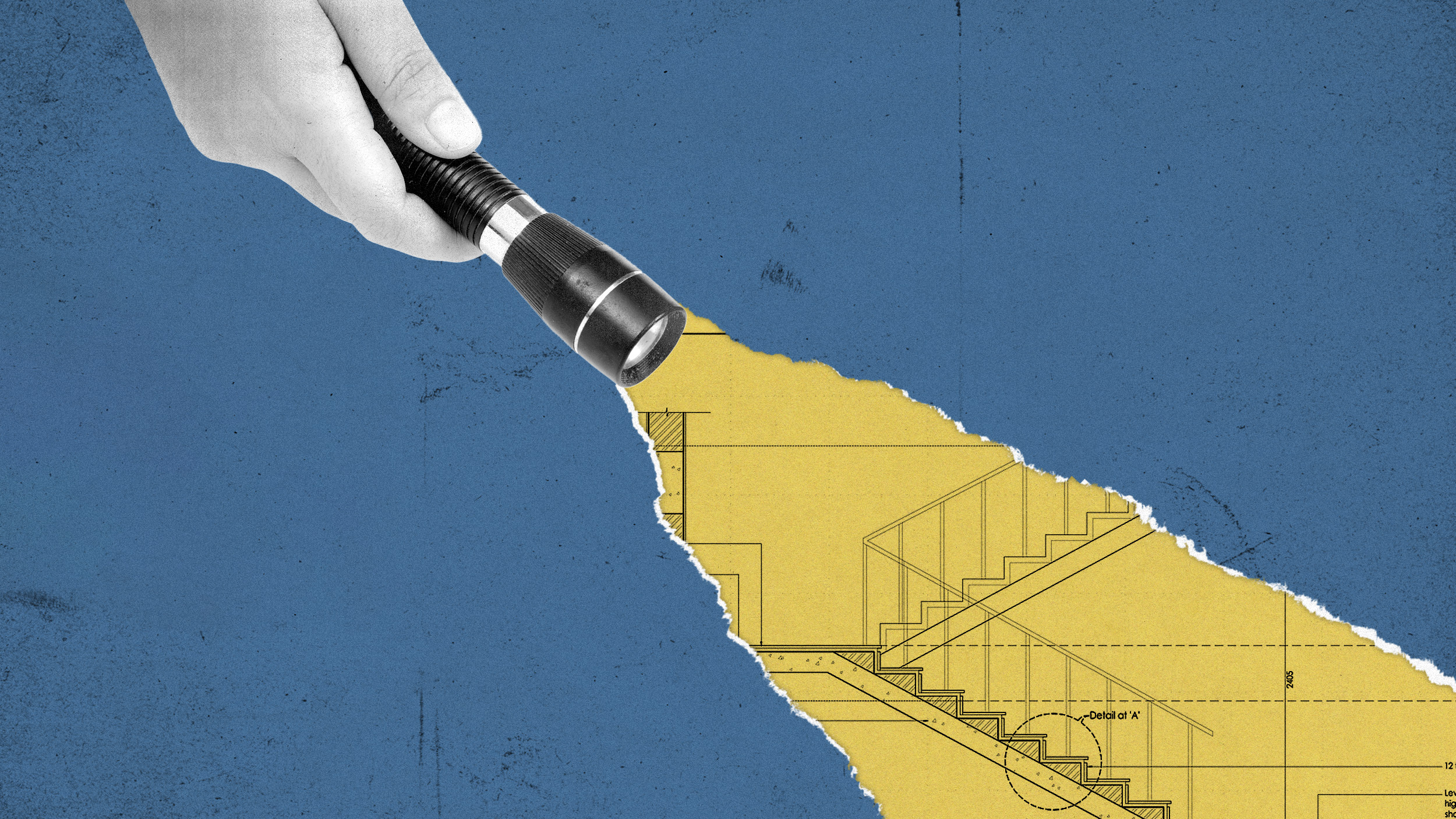7 Steps to Better and More Innovative Problem Solving Skills

No one goes through life without experiencing an issue or problem they have to solve. As such, everyone needs to develop critical thinking and problem-solving skills to be successful. This statement is particularly true in the workplace, where people face significant and minor problems on a daily basis.
When it comes to problem-solving, Americans rank among the worst in the developed world.
We have previously discussed some decision making and problem solving examples and team activities for the workplace. However, this article will cover some of the ways that people approach problem solving in the workplace and their personal lives, as well as some problem solving steps you can implement today.
Different Approaches of Creative Problem Solving
There are many different approaches that people can take to develop and grow their problem solving skills.
Big Think expert, theoretical physicist, and author Geoffrey West says that one method of problem solving is a systems thinking approach. This holistic, integrative, and systemic approach supplements the reductionistic approach to problem solving by focusing on the way different parts of an adaptive system interrelate and how systems evolve over time.
In his Big Think course “Systems Thinking 101: A New Approach to Problem-Solving,” West says:
“In terms of my own career, I made a shift from thinking in this very traditional reductionistic way, which I love and admire and respect and still do, to some extent, to thinking in terms of complex adaptive systems. And I think systemic thinking requires this extraordinary integration of the big picture, the holistic picture, the systemic picture, with this reductionistic picture. And it’s not one or the other, and that’s something I’d like to stress: I think we need both.”
According to another Big Think expert and author Tim Ferriss, some of the best and most creative decisions are discovered from what he refers to as “empty space.” According to Ferriss in a Big Think interview:
“Three to five hour uninterrupted blocks of time are extremely critical if you want to connect the dots, if you want to have the space to allow yourself to have original ideas or at least original combinations of ideas you really need to block out that time and protect it at least once a week… there are many people who do this, Remet Set, for instance, who has a very, very successful multi, multimillion-dollar business that he built out of a blog he started long ago in college, which was very, very niche in its focus, he blocks out I believe it’s every Wednesday for three to five hours of time he’ll block it out for learning. Noah Kagan, another entrepreneur, does the same thing… Because as soon as you go into bullet dodging — or, like Wonder Woman, bullet blocking — mode with everyone else’s agenda for your time, which is very often the inbox or text messages, you’re DOA; you’re done.”

Problem Solving Steps You Can Implement in the Workplace
1. Define the Problem
While you may have a general idea of the issue you wish to solve, it’s vital that you specifically define the issue and write it down. Read it over to ensure that you have properly defined the issue and know that it’s the exact problem to try solving.
2. Analyze the Issue and List Pertinent Factors That You Must Consider
This is where you can ask yourself some of the necessary creative problem solving questions: Who is affected by the issue? How will they be affected by any changes? Will this address all of or just some of the issue at hand?
3. Generate Potential Solutions
Do not just come up with one idea and run with it; take the time to come up with several viable alternatives to help further develop your problem solving skills. According to the American Society for Quality (ASQ), it’s essential to create a standard with which you can compare the intended results of the various proposed solutions. Don’t use these standards to judge which solution is best; just use it to come up with potential solution ideas at this stage.
4. Analyze the List of Solutions to Determine the Most Viable Option(s)
This is where you can also ask yourself some creative problem solving questions to determine the positive and negative aspects of each proposed solution. Will each solution resolve the issue without creating new problems? Does the solution fit within the confines of your organization’s culture, processes, etc.? And, is it scalable (or does it need to be)?
5. Select the Best Solution for the Issue
Evaluate each solution as a whole to determine whether it is the right fit for your employees, operations, and organization as a whole. This decision can be based on a set list of factors or even your “gut feeling” based on your years of professional experience. Together, these factors can help you narrow down the list.
6. Plan Your Next Course of Action and Implementing the Solution
This is where you should write down what you will do to solve this issue and chart out how you want to make it happen. This may involve time from you and others who will be included in the process. It also should entail planning follow-ups in the future to ensure that the work has been implemented.
7. Implement the Solution to the Issue
Now, all that is left is to put your plan into action and showcase the results of your problem solving skills. Follow the plan that you and your team have set out and be sure to follow-up to ensure the work is complete.





